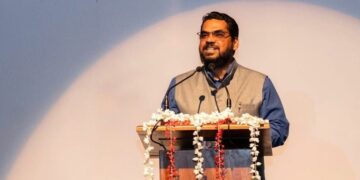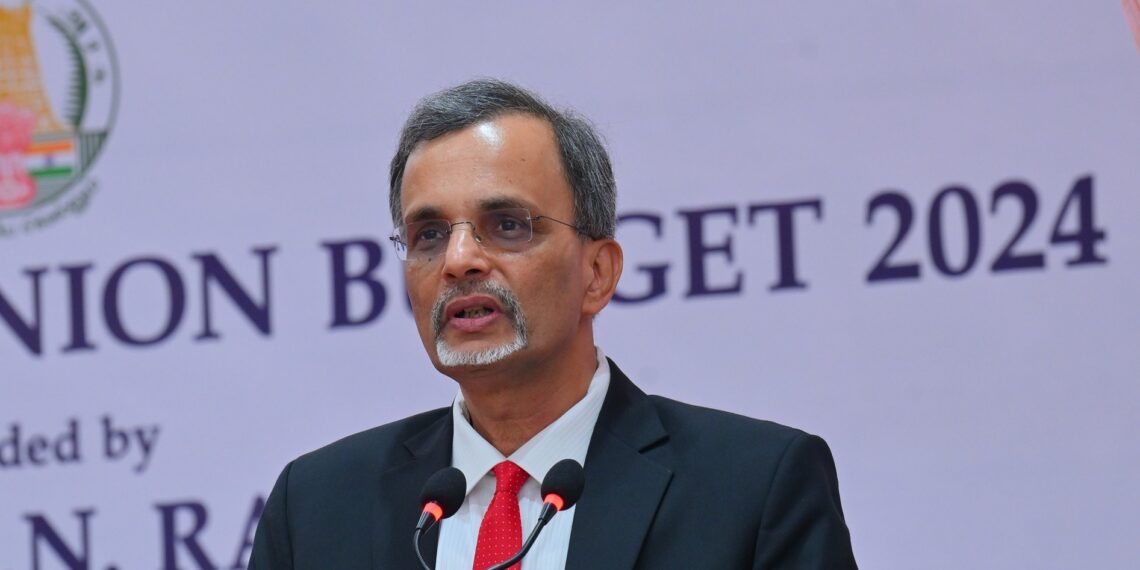New York: Chief Economic Advisor to the Government of India, V. Anantha Nageswaran, highlighted the critical need for India to generate 8 million jobs annually for at least the next decade to fulfill its vision of becoming a developed nation by 2047.
He emphasised the importance of boosting the manufacturing sector’s contribution to GDP in the face of evolving global challenges.
Speaking at the Columbia India Summit 2025, hosted by Columbia University’s Deepak and Neera Raj Centre on Indian Economic Policies, Nageswaran outlined the dual challenge of navigating a less favourable global environment and adapting to transformative technologies such as artificial intelligence and robotics.
“The external environment over the next 10-20 years won’t be as accommodating as it was in the three decades following 1990. Despite this, India must rise to the challenge of creating millions of jobs each year and increasing the manufacturing sector’s share in GDP, especially in the context of China’s dominant manufacturing position, which solidified further after COVID,” he said.
Nageswaran stressed that artificial intelligence and automation could pose threats to entry-level and IT-enabled service jobs, making it imperative for India to balance technology adoption with labour-centric policies.
He also underscored the role of policymakers in ensuring that technological advancements align with the country’s employment goals.
The advisor pointed out that for India to achieve its vision of “Viksit Bharat” by 2047, Indian businesses must integrate into global value chains while fostering a robust small and medium enterprise (SME) sector.
“No country has emerged as a manufacturing powerhouse without a thriving SME sector,” he remarked.
Nageswaran also discussed the need for higher investment rates or optimizing returns from existing investments, given the global capital constraints posed by geopolitical tensions.
He called for a renewed focus on enhancing India’s export competitiveness through quality improvements, research and development, and better logistics and connectivity.
He noted that India’s growth post-COVID has averaged over 8%, but sustaining such momentum will be challenging.
“Maintaining a 6.5% growth rate sustainably over the next two decades, with occasional spikes above 7%, will require aggressive domestic deregulation and policy reforms,” Nageswaran said.
He acknowledged that while exports contributed significantly to India’s GDP growth during the early 2000s, their role has diminished in recent years, necessitating a stronger focus on domestic innovation and productivity.
ALSO READ: Pope Francis dies at 88, Vatican announces
The Columbia India Summit 2025 gathered academics, economists, and policy experts to discuss India’s economic trajectory, innovation, and trade.
Addressing the attendees, Nageswaran expressed optimism about India’s ability to navigate global challenges through strategic policy initiatives.
“The road ahead is undoubtedly complex, but with determined policies and clear priorities—such as deregulation and fostering innovation—India can maintain its growth edge in a challenging global environment,” he concluded.















